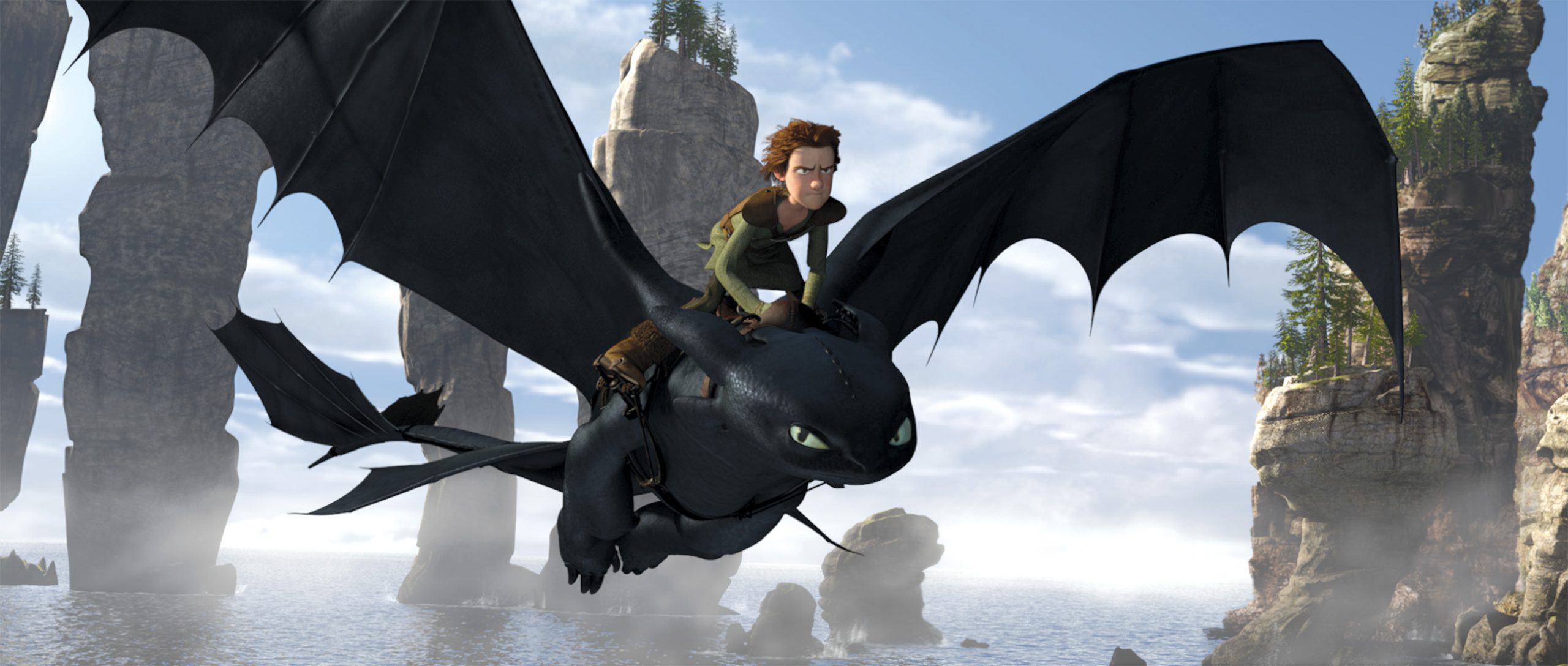Sometimes, even when you are shipwrecked at sea, it is better to refuse help. This is proven by L'île du docteur Moreau, the two-volume adaptation of H.G. Wells published by Delcourt.
An island of many mysteries
 Finding himself lost in the middle of the Pacific Ocean, alone on a boat, Edward Prendick thought his end was coming. He thinks he is saved when a ship picks him up. However, while exchanging with Montgomery, a passenger, he is intrigued. Indeed, this guardian angel is a doctor expelled from the order who has become the assistant of Dr. Moreau. The captain of the ship hates these passengers, but can we trust the word of an alcoholic? Edward Prendick is a pure hero who defends the oppressed but this dedication here will slow down his return home. He is disembarked earlier on Dr. Moreau's Island with Montgomery and his strange cargo. From the beginning, Dr. Moreau, owner of the island, was frightening because, refusing Prendick the right to dock, he was ready to let him die at sea. The latter saved Prendick only thanks to his university degrees. Many questions arise: who is this scientist specializing in vivisection? Why go to this tropical island to carry out your experiments? The screenwriter Stéphane Tamaillon succeeds very well in distilling these clues installing a disturbing atmosphere. Indeed, Prendick soon discovers that the two men have been engaged in forbidden experiments for years. All these revelations are made without long monologues but with a very accurate economy of words. The reader realizes that Prendick is trapped on the island of Dr. Moreau among madmen and monsters but not those we expect. The finale, perfectly chosen, of this first volume necessarily makes you want to read more.
Finding himself lost in the middle of the Pacific Ocean, alone on a boat, Edward Prendick thought his end was coming. He thinks he is saved when a ship picks him up. However, while exchanging with Montgomery, a passenger, he is intrigued. Indeed, this guardian angel is a doctor expelled from the order who has become the assistant of Dr. Moreau. The captain of the ship hates these passengers, but can we trust the word of an alcoholic? Edward Prendick is a pure hero who defends the oppressed but this dedication here will slow down his return home. He is disembarked earlier on Dr. Moreau's Island with Montgomery and his strange cargo. From the beginning, Dr. Moreau, owner of the island, was frightening because, refusing Prendick the right to dock, he was ready to let him die at sea. The latter saved Prendick only thanks to his university degrees. Many questions arise: who is this scientist specializing in vivisection? Why go to this tropical island to carry out your experiments? The screenwriter Stéphane Tamaillon succeeds very well in distilling these clues installing a disturbing atmosphere. Indeed, Prendick soon discovers that the two men have been engaged in forbidden experiments for years. All these revelations are made without long monologues but with a very accurate economy of words. The reader realizes that Prendick is trapped on the island of Dr. Moreau among madmen and monsters but not those we expect. The finale, perfectly chosen, of this first volume necessarily makes you want to read more.
A not-so-old classic
 If The Island of Dr. Moreau was released in 1896, its subject is however fully in the news and this title manages to prove it. Like the novel, the comic strip is a wake-up call about the excesses of science when it neglects morality. This theme takes on a very topical meaning with the debates in France on the mistreatment of guinea pigs in the cosmetics industry and the legal status of animals. Moreau is a monster who experiments on animals without ever dealing with the pain that these operations give them. Pendick will dive into the wild jungle to understand that the boundaries between humanity and the animal kingdom are more blurred than he thought. The screenwriter Tamillon, however, shows the complexity of The Island of Doctor Moreau because the hero Edward Prendick is himself passionate about natural stories but depressed to hear the animals howl in pain. He seems much more open than the haughty Dr. Moreau. The drawing is very far from the tradition of the adaptation of novel. Far from simple realism, Joël Legars adopts a charcoal and iconic line that can think of Blutch. He also makes original choices: the face of Dr. Moreaux remains in the shadows and then in the blur as long as the narrator does not meet him. This vagueness is not only perfectly suited to a story full of secrets but it reinforces the reader's fear. Colorist Anna Conzatti avoids clichés. The beginning is flooded with light while yet the subject is a harbinger of dangers. The Island of Dr. Moreau is a little-known novel by a celebrated author. We can hope that this comic book will shed light on this dark novel. This collection of thirty-seven titles adds a new nugget to its catalog with L'île du docteur Moreau. The screenwriter avoids the pitfall of multiplying the text but lets the images set the mood. The drawing is just as original for this genre by refusing realism for a much more modern style. You can find other reviews related to literature with Voltaire and Newton and Circe.
If The Island of Dr. Moreau was released in 1896, its subject is however fully in the news and this title manages to prove it. Like the novel, the comic strip is a wake-up call about the excesses of science when it neglects morality. This theme takes on a very topical meaning with the debates in France on the mistreatment of guinea pigs in the cosmetics industry and the legal status of animals. Moreau is a monster who experiments on animals without ever dealing with the pain that these operations give them. Pendick will dive into the wild jungle to understand that the boundaries between humanity and the animal kingdom are more blurred than he thought. The screenwriter Tamillon, however, shows the complexity of The Island of Doctor Moreau because the hero Edward Prendick is himself passionate about natural stories but depressed to hear the animals howl in pain. He seems much more open than the haughty Dr. Moreau. The drawing is very far from the tradition of the adaptation of novel. Far from simple realism, Joël Legars adopts a charcoal and iconic line that can think of Blutch. He also makes original choices: the face of Dr. Moreaux remains in the shadows and then in the blur as long as the narrator does not meet him. This vagueness is not only perfectly suited to a story full of secrets but it reinforces the reader's fear. Colorist Anna Conzatti avoids clichés. The beginning is flooded with light while yet the subject is a harbinger of dangers. The Island of Dr. Moreau is a little-known novel by a celebrated author. We can hope that this comic book will shed light on this dark novel. This collection of thirty-seven titles adds a new nugget to its catalog with L'île du docteur Moreau. The screenwriter avoids the pitfall of multiplying the text but lets the images set the mood. The drawing is just as original for this genre by refusing realism for a much more modern style. You can find other reviews related to literature with Voltaire and Newton and Circe.





































